No products in the basket.
Blog
A Guide to Damp Proof Membrane
In this blog we are going to be looking at the ins and outs of damp proof membrane. We are going to go over what it is and how it works as well as a few other important things worth knowing if you are looking to implement this into your building or project, either now or in the future.
What is a damp proof membrane?
First things first, a damp proof membrane, or DPM, is a prevention method against dampness. It is there so that dampness does not occur when there is capillary action (the action of unwanted fluid passing through a small area that could create dampness). For example, a popular use for DMP is beneath concrete floors. This is to stop moister from getting underneath the concrete and causing problems. We stock a DPM handy pack to help with this.
Another popular use for damp proof membrane is for it to be placed above the concrete in the walls along with a damp proof course, also known as DPC.
Important things to bear in mind with damp proof membranes?
Now there is a clear understanding of what a damp proof membrane is, it is time to go over some important info on the product itself.
When you purchase a damp proof membrane, you can expect to find that it is made using plastic material. This is because plastic is water resistant/waterproof, so it is perfect for creating a shield and protecting against unwelcome moisture. On the surface of the membrane there should be a studded formation. This isn’t just there for appearance as it actually plays a very important role in the process. This formation on the top layer of the membrane means that once it is applied there are air gaps within the membrane, which essentially means that water is able to evaporate while leaving the wall unhampered.
This means one of two things. Firstly, the membrane is very effective if applied correctly, but more importantly, if not, then the whole system will not function as it should. Essentially, if the material has a tear in it or becomes damaged in any way, then it could make room for moisture to find its way through. This takes away the effectiveness of the membrane to the point where it may as well not be in place at all, so be sure to take care when handling this material and, if possible, get a professional to deal with this part of the job.
Damp proof membrane can only work for you if it falls in line with the British standards! They ask that the membrane is polyethylene and should have a gauge of 1200. This is the thickness that the government states to use in order to stop moisture from passing into the property. It is important that you listen to the government regulations, because if not, then the damage caused could potentially incur a heavy cost in the future.
So the important thing to remember about damp proof membrane is that you have to take care when handling the goods and ensure that they are industry approved. Other than that, the membrane should be more than capable to stop moisture from becoming a problem for you!
The installation process for a damp proof membrane
Damp proof membrane is known for its ability to be easily installed because of its flexibility. Because DPM is flexible, it is able to deal with any movements in the structure of the building, meaning that its ability to last long periods of time is second to none.
With this in mind, let’s take a look at the installation process for the membrane:
- Either a professional technician or a surveyor will inform you that an area has a problem with dampness.
- The plaster and layers on the wall will be taken down and the original masonry will be put back to its original state.
- The wall will be measured and the membrane will be cut to size.
- The membrane will then be placed onto the wall and drilled to ensure it is securely placed.
- After this, special membrane fixing plugs will be put into place to ensure no moisture passes.
Remember, when it comes to installing something like damp proof membrane, speak to a professional and make sure you get it done correctly. We can’t stress this enough as it will save you time and money later down the line and will prevent you from spending any more money than necessary.
Damp proof membrane and damp proof course
The reason that damp proof membrane is used in conjunction with the damp proof course is because it secures and ensures full protection against dampness. Usually the damp proof course is placed within the brickwork in order to stop the dampness becoming a problem due to capillary action, as there are little gaps within the bricks that could cause fluid to get through.
Most of the time, the damp proof course is a minimum of 150mm and once the DPM is folded within the wall to overlap the damp proof course, you will have an extremely reliable barrier.
What problems may arise if you don’t install a damp proof membrane?
In a property, you are at risk of having to deal with three different types of dampness. The first type is rising dampness, which is where water is sucked up the tiny gaps in the bricks from the floor upwards through capillary action and can, over time, lead to dampness which can cause a number of problems. The second is lateral dampness. It comes from the walls and ceilings, which can lead to structural problems because it can cause rotting. Thirdly is condensation. This is the most common cause of dampness which, comes from too much moisture in the air along with not enough ventilation.
With this in mind, you can find below some of the consequences of not using damp proof membrane:
- Wooden skirting will become broken and flimsy.
- Damp patches will become very apparent.
- Moulds will grow in patches.
- Wood will rot and could impact structural integrity.
- Furniture and wallpaper could become damaged.
There are also some hidden issues that are often looked past. If there is too much mould in the house it can cause respiratory issues like COPD and asthma and when the walls become damp it can mean that more energy is being used than necessary, which over time leads to higher costs for energy bills. This is because you will have to pay more money in order to keep the property warm as extreme dampness means that the walls are not able to hold heat as well as they should.
Overall when completing any job it is paramount that you are using the right components to be sure that the finished article is adequate for the customer or yourself to mitigate the risk of having to undertake further work later down the line!
What to do if you are unsure?
Here at EasyMerchant, not only do we stock a range of products for damp proof membrane, we also have a knowledgeable team on standby to help you out if necessary. If there is anything that we have spoken about in this blog that you are unsure of, then please don’t hesitate to get in contact with us and we will do what we can in order to help.
Phone: 01371 850 120
Email: Sales@easymerchant.co.uk
Shop damp proof membrane:
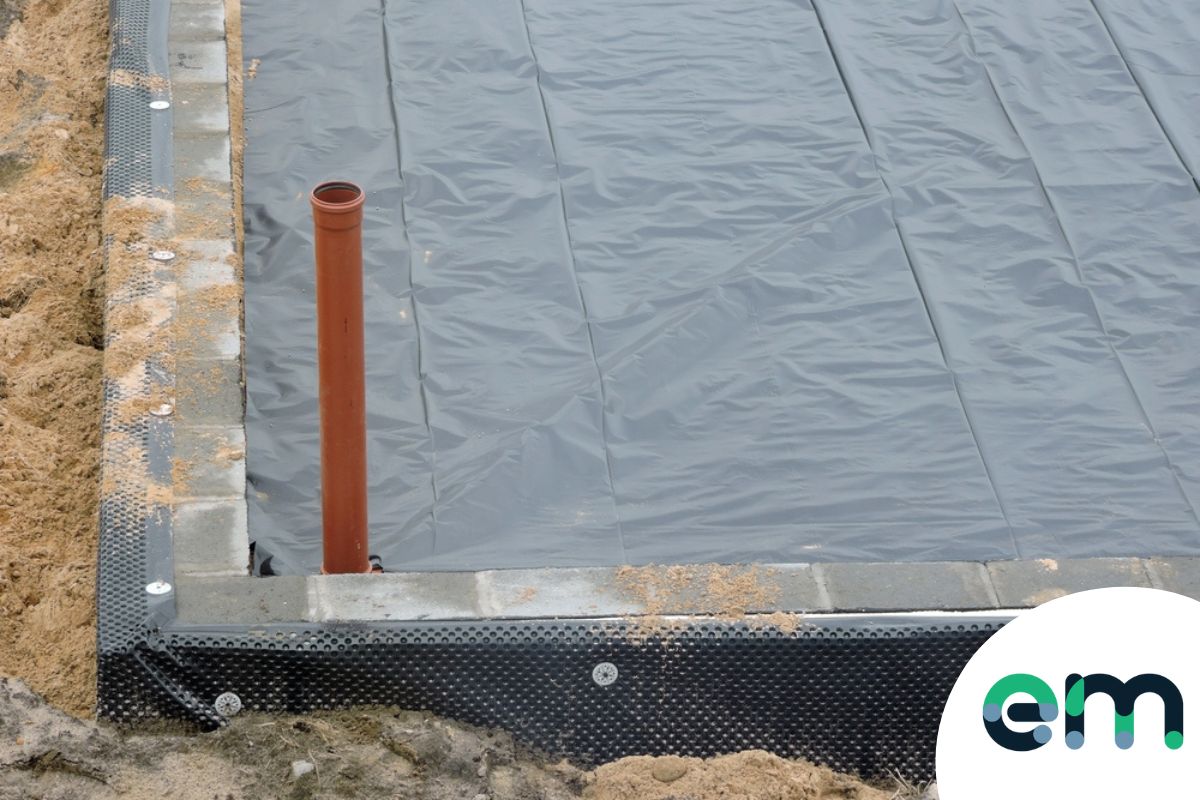
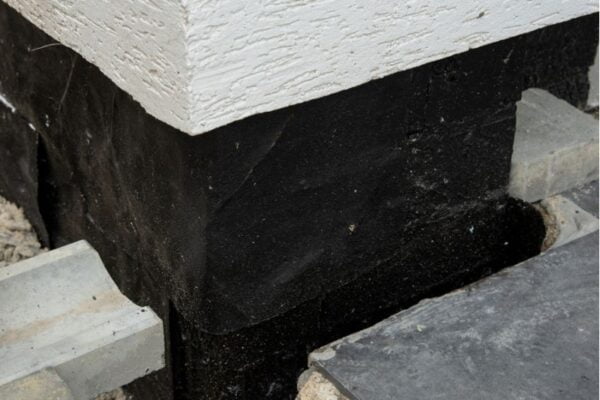
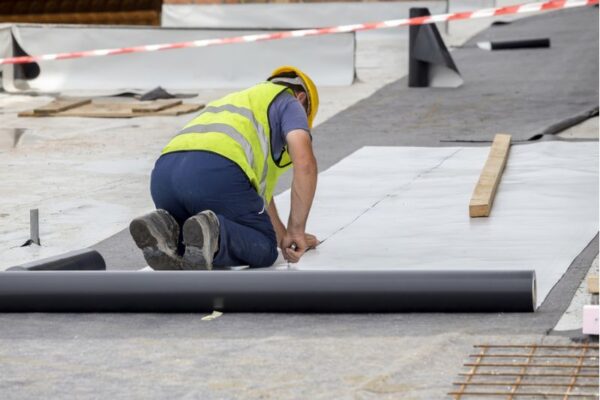
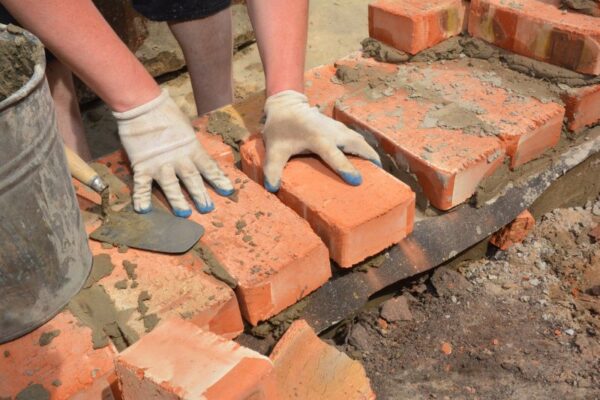
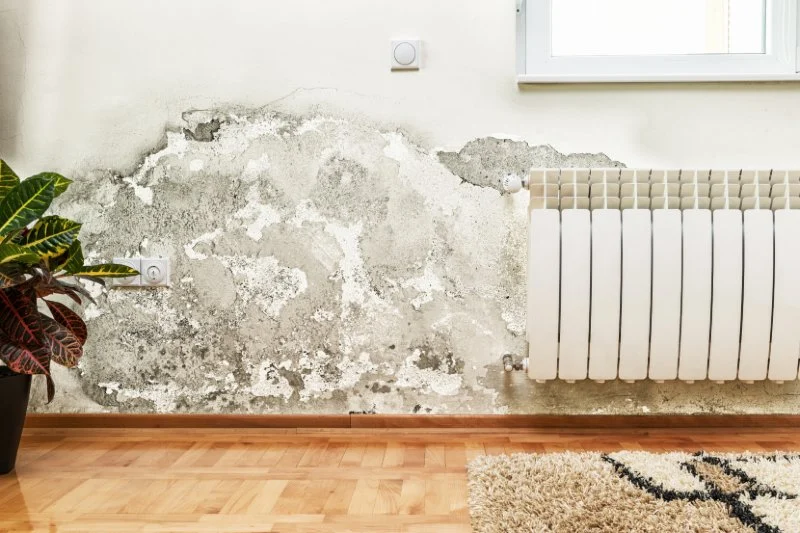
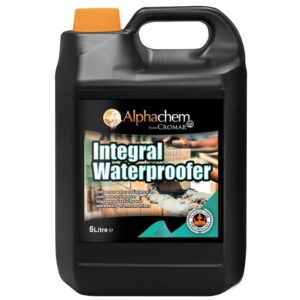
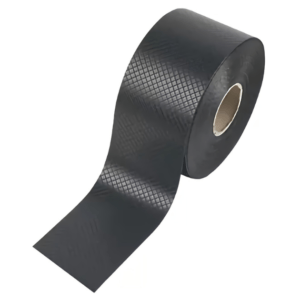
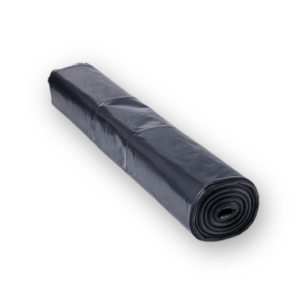
Hi , l have a set of bifold flush with the decking and 2 x doors leading on my decking . I will be replacing the decking with paving abd it will come up to the DPC .l will use threshold drainage around the doors but what would you recommend for the walls in between . The threshold drainage will give it over 100 mm below the DPC .